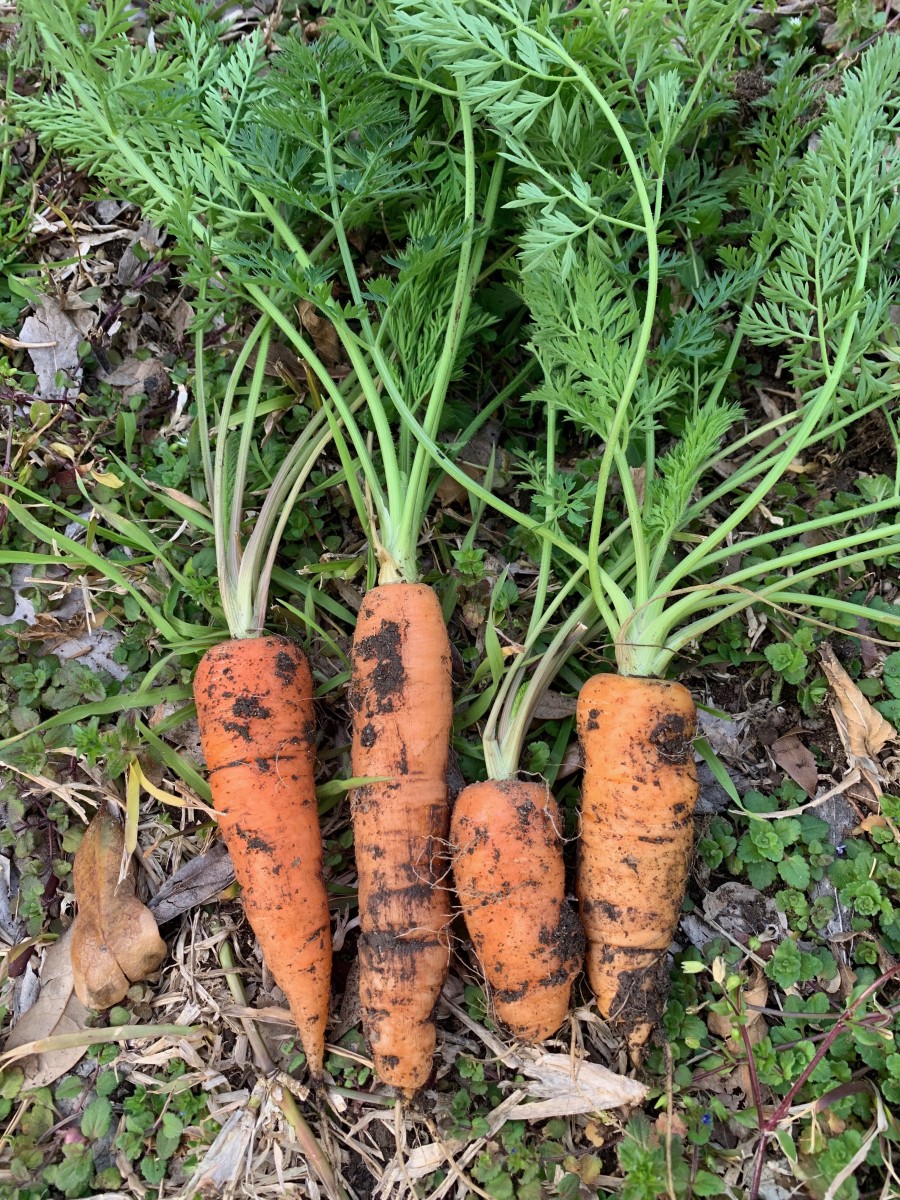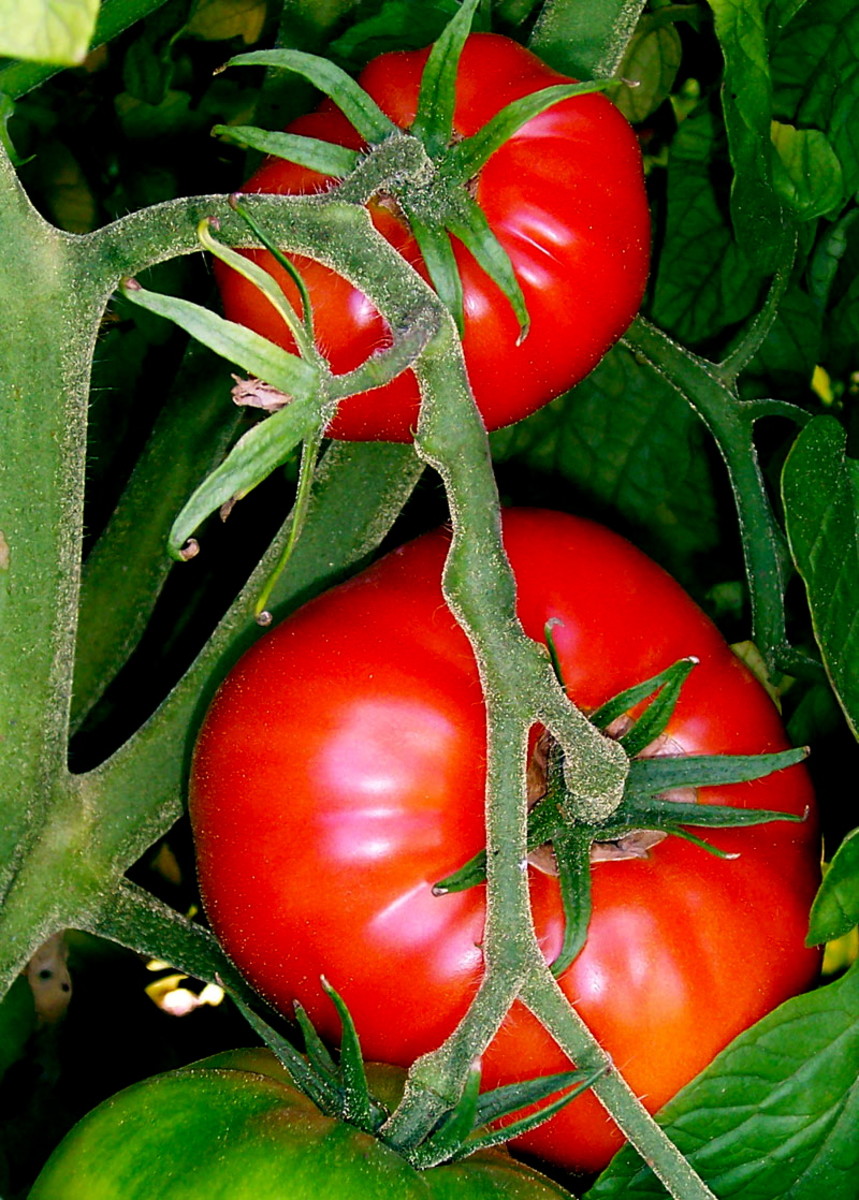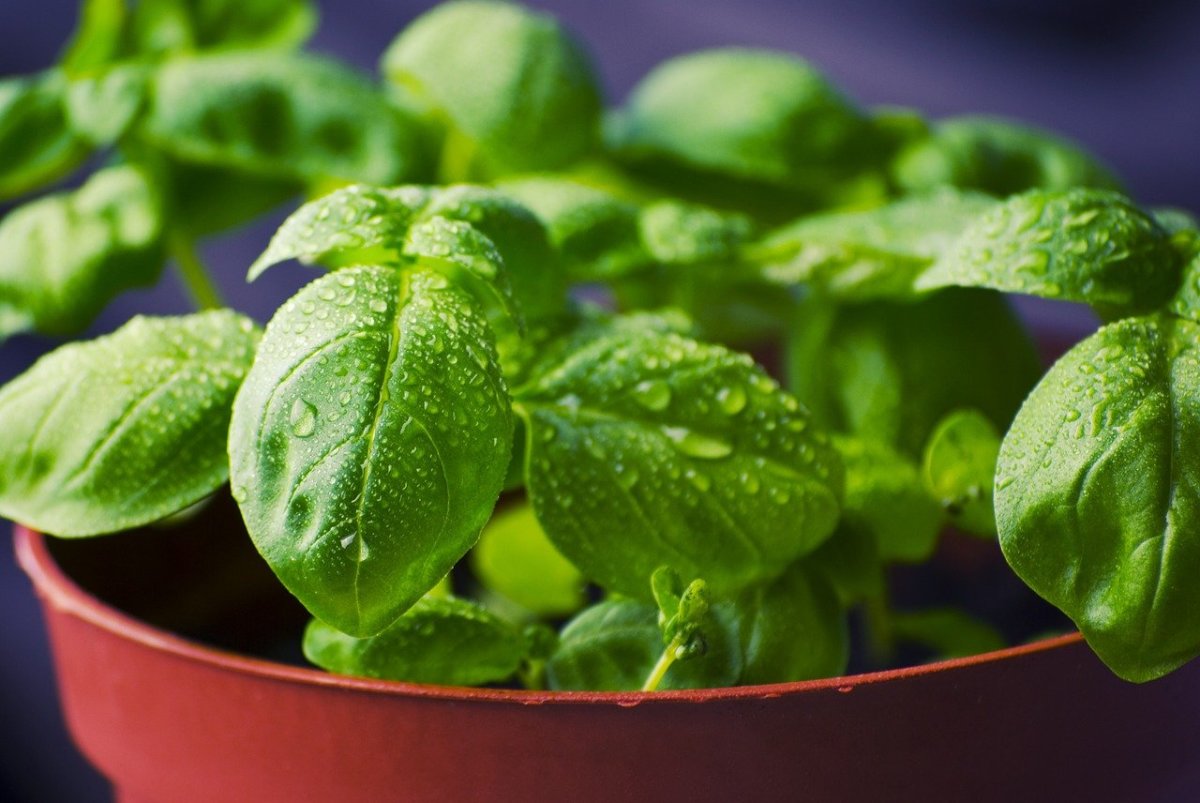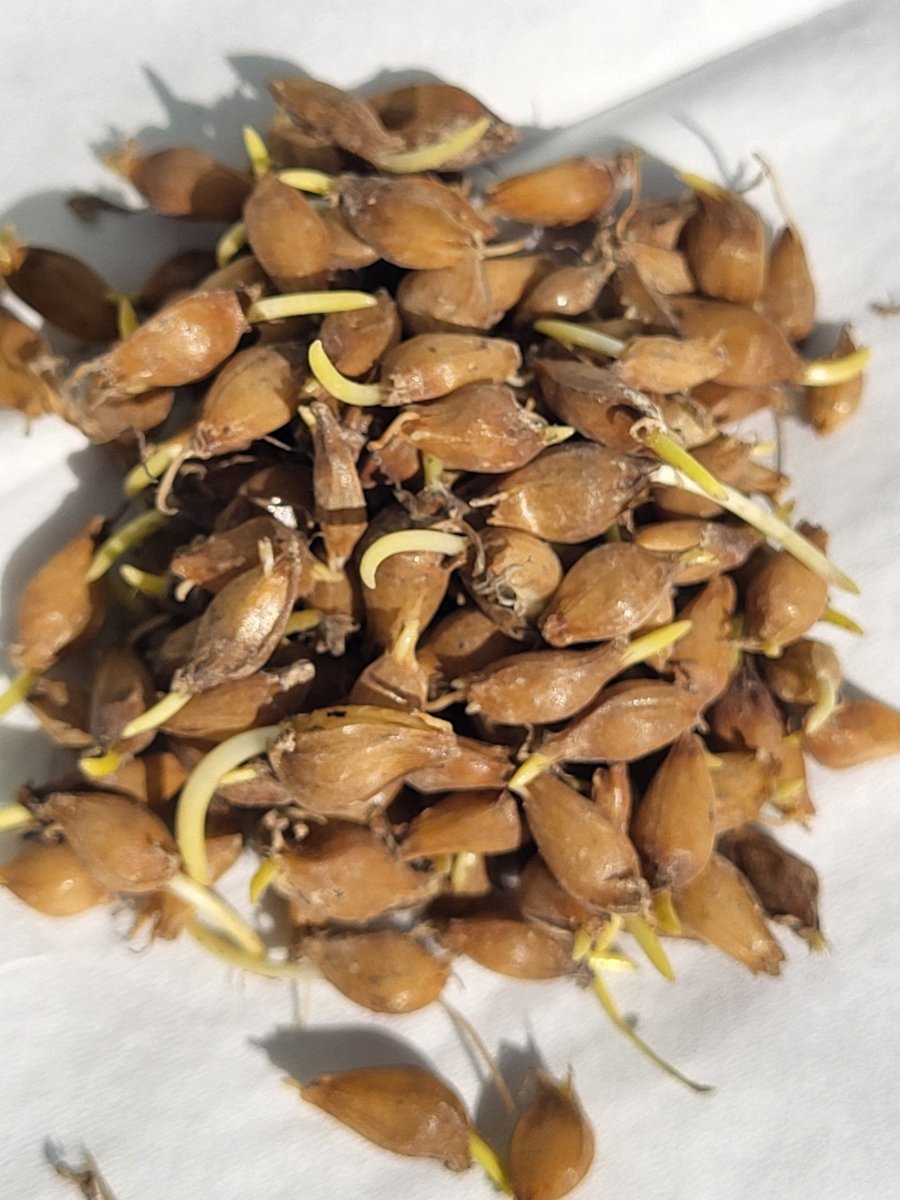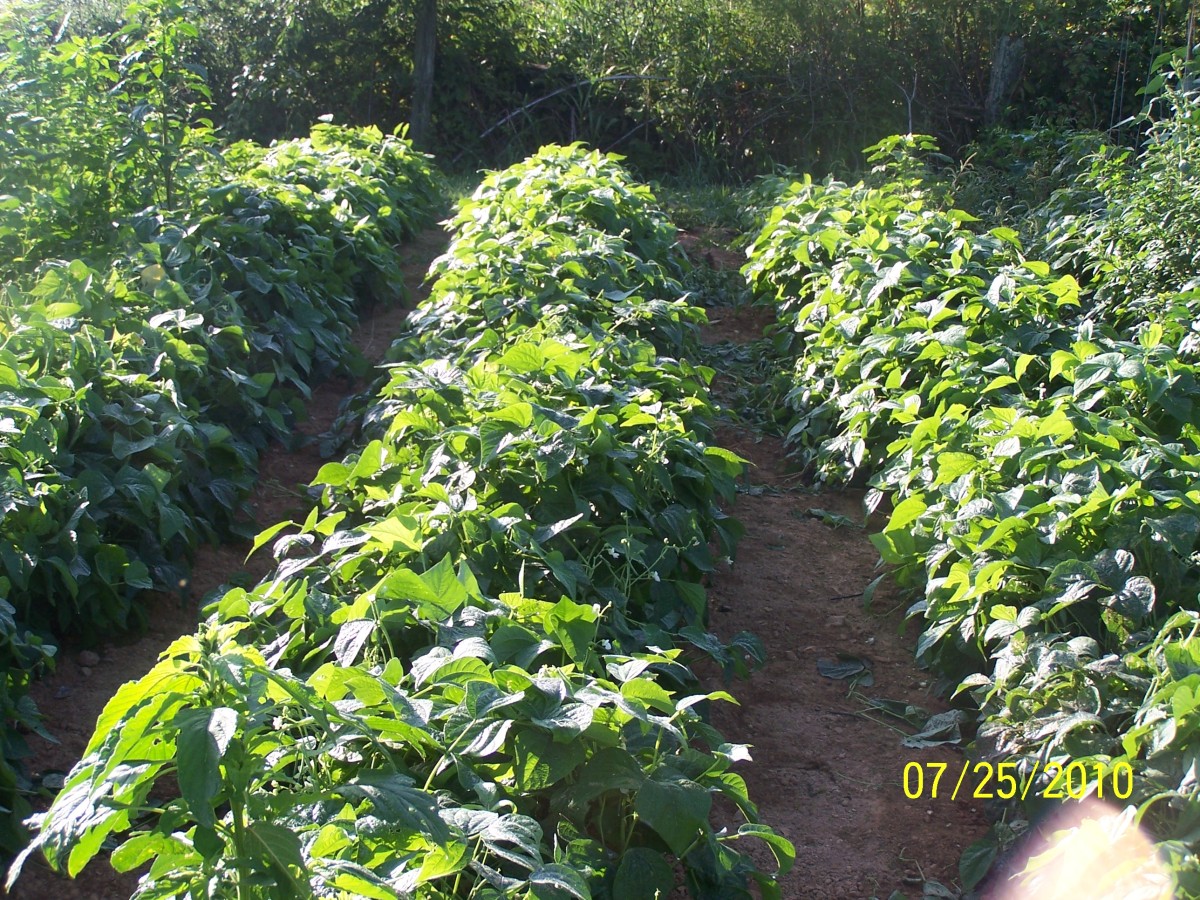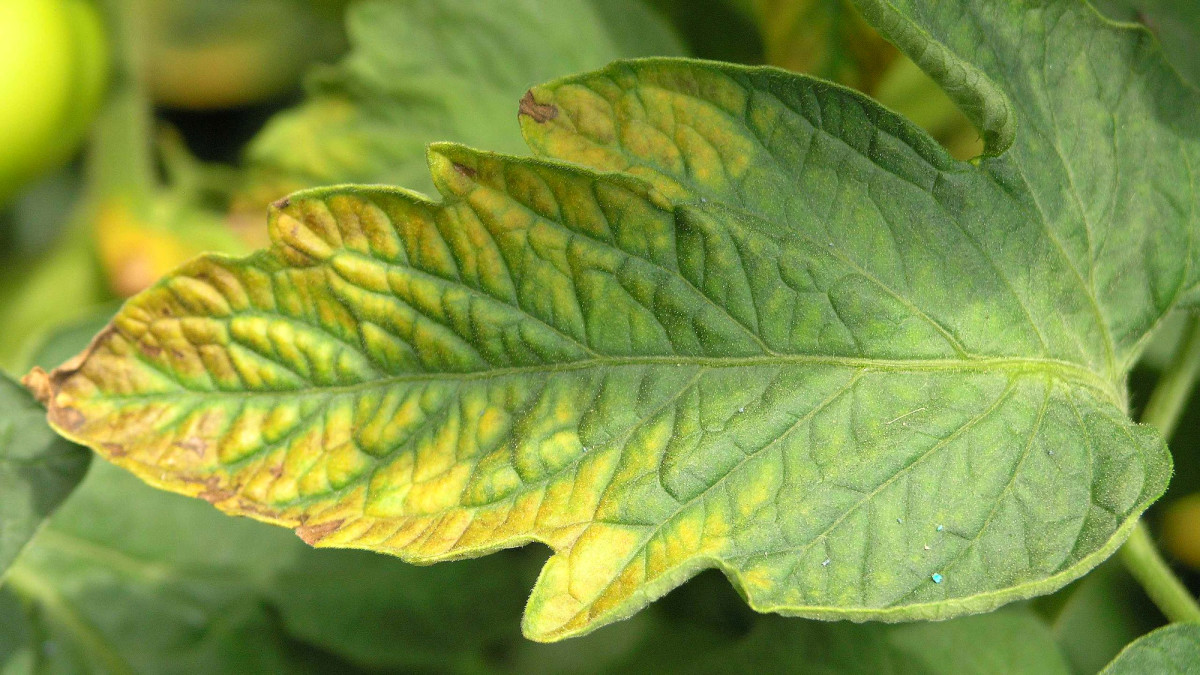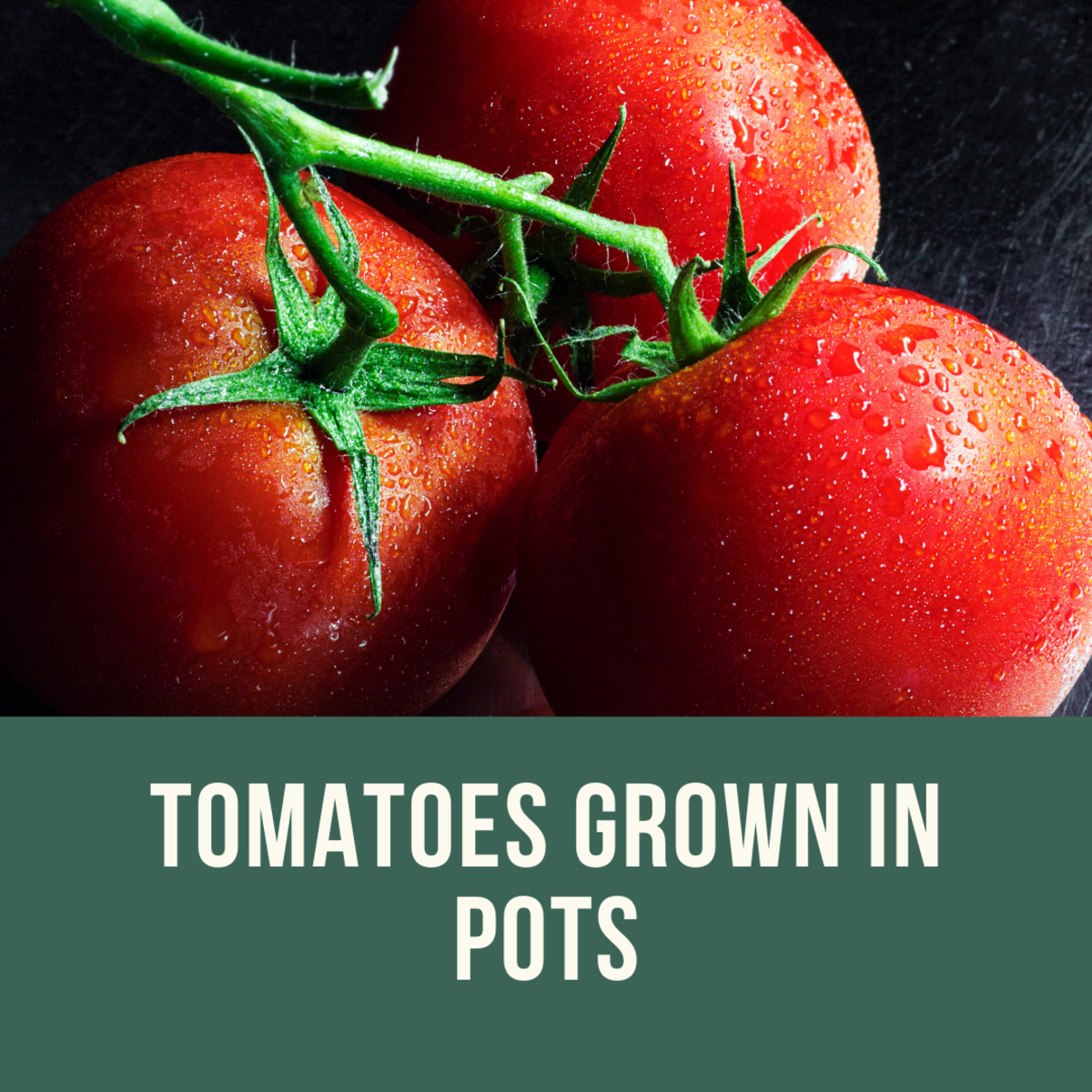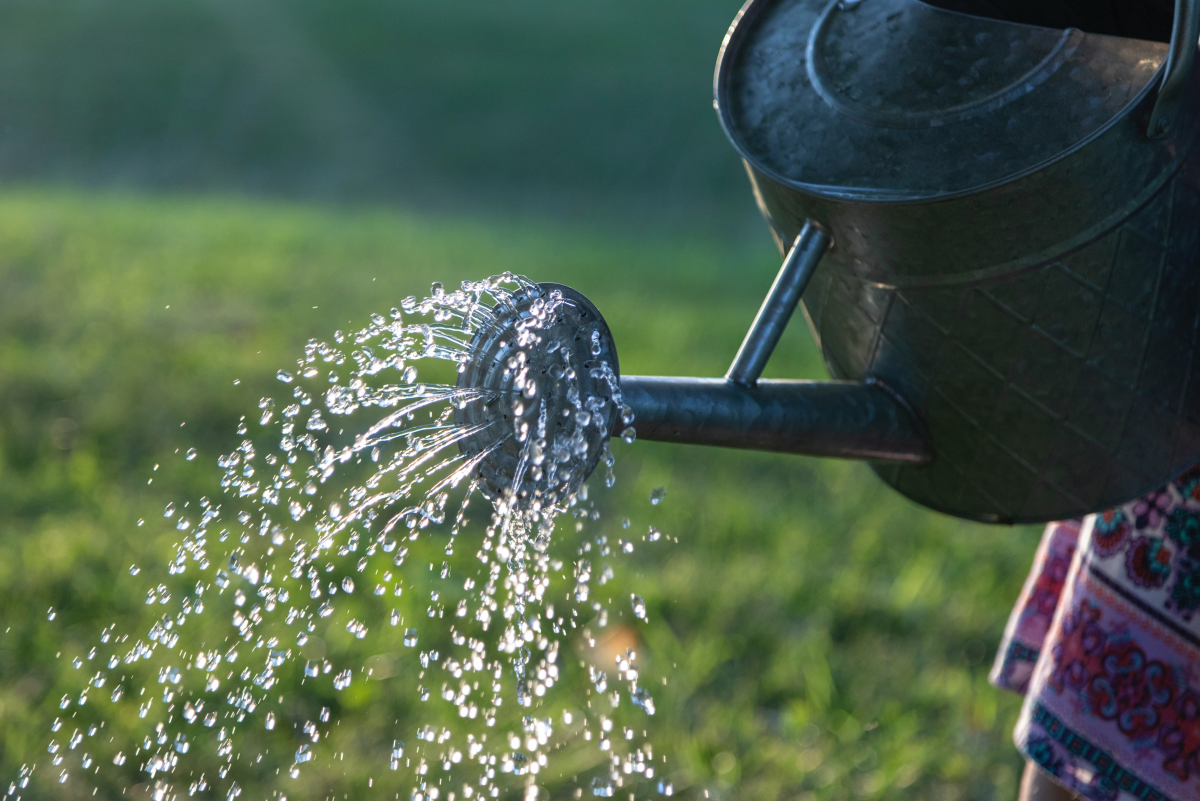The Tomatoe Is One Of The Most Popular Plants In A Backyard Garden That You Can Harvest Multiple Times
Plants
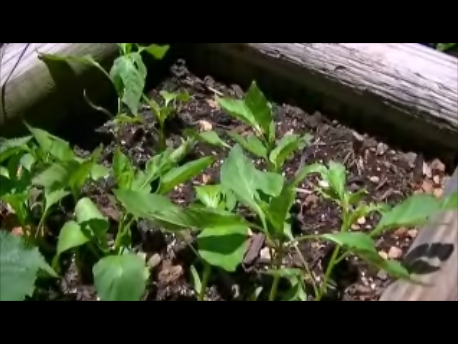
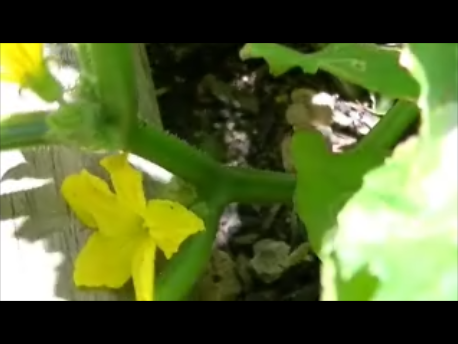
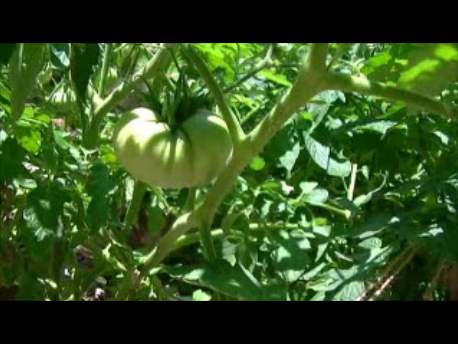
How To Grow Tomatoes
People today for various reasons, are turning their sunrooms, patios and even portions of their lawn into gardens. For some it is a productive hobby and for others it is a matter of economics and safety because of food borne illnesses. Vegetables can be grown in virtually any container.
Tomatoes, cucumbers, bell peppers and herbs can be grown in planter boxes, pots or sown directly into well-cultivated soil. You can even grown vegetables without soil by using hydroponics. Tomatoes can be grown all year around under the proper conditions.
When people think of backyard gardens many think of tomatoes. Tomatoes are one of the most popular fruits or vegetable grown in backyard gardens. The fruit, or as some would have it, the vegetable, can be grown from heirloom or hybrid seeds or from seedlings purchased at any nursery or home and garden store. For best results when growing tomatoes from seeds, start the seeds indoors six weeks before the last frost. You can use practically any container or use ones from the home and garden store specifically for starting seeds.
Once the seeds are sown, you can cover the container with clear plastic until the seeds have germinated. Plastic helps maintain moisture levels and keeps the soil warm. Keep the container out of the sun and water well until germination. Once the tomato plant is visible, remove the plastic and place the plants where they can receive sunlight. You can cull the plants after you see the third leaf on the plant. When you begin to have warm days you should set the plants outside for a few hours a day. This hardens the tomato plant. Tomatoes that are not hardened will be weaker and the stems many times, will not develop enough to support the plant. Hardening exposes the plant to breezes and temperature variations. Tomatoes are self-pollinating, so the plant blossoms must have a breeze to distribute the pollen. If you are growing tomatoes indoors, gently shake the plants as blossoms develop.
Once the nighttime temperatures average 50 degrees Fahrenheit or 10 degrees, Celsius you can then transplant outside. Bury up to 80 percent of the plant when transplanting. Tomatoes will develop roots off the buried stems, thus making a stronger plant. Tomatoes once they reach a certain height may need additional support such as cages or stakes. Tomatoes need up to two inches of water weekly. Fertilize after transplanting and water well. You can use commercially made fertilizer or use compost. When using compost mulch well with it around the base of the plant. This helps maintain the moisture level and directs more nutrient to the roots.
Tomatoes need at least six hours of sun daily. Plants that are not getting enough sun will get what is called, leggy. The plant stem will grow without developing leaves on its lower stem. The plant realizes it is not getting the resources it needs and will grow toward the sun and it will not develop foliage, as a means of survival. Plants deprived of sun typically yield very poorly if at all. Once the plant begins to show fruit, stop fertilizing and watch for pests. Harvest as soon as the tomatoes have good color. This encourages further production. Keep in mind tomatoes will continue to ripen after harvesting. You can pick the tomato early and let them ripen off the vine. Refrigeration will slow, if not stop the ripening process.
You can prune the tomato plant. This allows the plant to direct more energy into fruit production instead of trying to maintain foliage. Pruning will cause the plant to produce less fruit but what it does produce will typically be larger and more tasty. Tomatoes because they do not need active bee populations, can be grown entirely indoors. You can place grow lights over the plants if you feel the plants will not receive adequate sunlight. Therefore, tomatoes can be grown all year around. Stagger the plants so they do not all harvest at one time. This ensures you have a constant supply of ripe tomatoes. If you are growing heirloom tomatoes, you can harvest the seeds to carry the plant's heritage forward for years to come.
To harvest the seeds gather tomatoes from several different plants. Tomato seeds are considered wet seeds, so for best results the seeds should be fermented before storage or immediate planting. Scrap the seeds from the plant into a container filled with room temperature water. The pulp and any fungus or bacteria will float to the surface of the water. You may see some foam forming, which is natural. This means the fungus and other contaminates are separating from the seed. This process may take up to three days. After three days or so remove the seeds and dry. Place the seeds in an airtight container such as a glass jar. You can also place silica packs in with the seeds to prevent any moisture from gathering. The jar can be placed in the refrigerator, or a cool dry spot in the pantry. Cucumbers, squashes and bell peppers are considered wet seeds, as well. You can use the same process to store these seeds. Some seed may germinate during the fermentation process because the water became to warm, you can either plant the seed or discard. Keep the container away from heat or sunlight.

